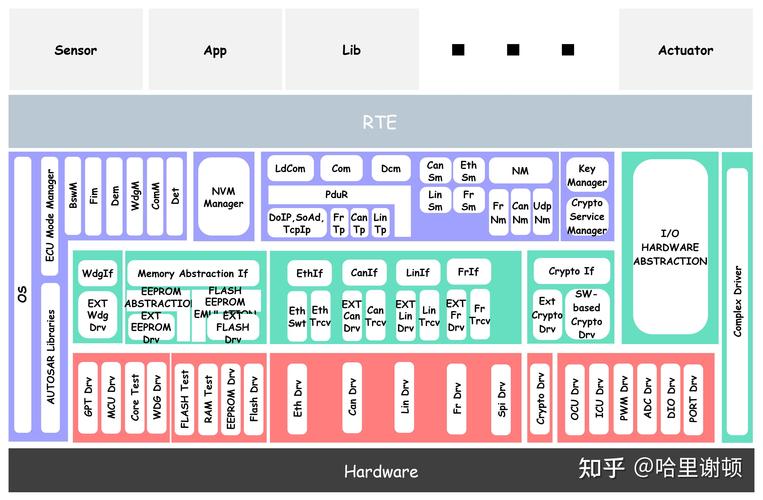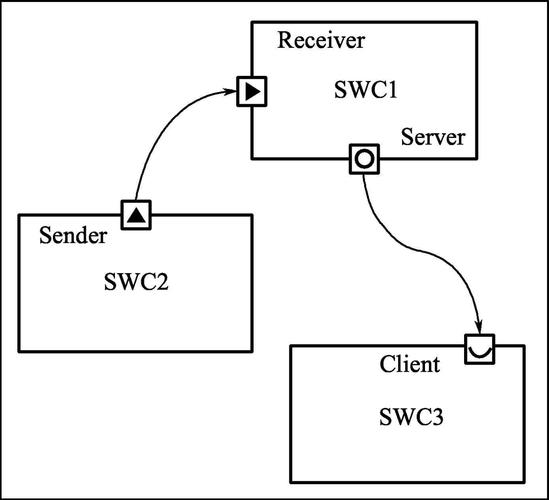
Understanding Autosar Eth: A Comprehensive Guide
Autosar, which stands for Automotive Open System Architecture, is a standard that has revolutionized the automotive industry. One of the key components of this standard is the Ethernet protocol, commonly referred to as Autosar Eth. In this article, we will delve into the intricacies of Autosar Eth, exploring its significance, implementation, and benefits in modern automotive systems.
What is Autosar Eth?
Autosar Eth, or Ethernet in the Autosar context, is a protocol that enables communication between various electronic control units (ECUs) in a vehicle. It is based on the IEEE 802.3 standard and is designed to provide a robust, scalable, and efficient communication network for automotive applications.

Why is Autosar Eth Important?
As vehicles become more complex, the need for efficient communication between ECUs has become paramount. Autosar Eth addresses this need by offering several key advantages:
-
High-speed communication: Autosar Eth supports data rates of up to 1 Gbps, allowing for fast and reliable communication between ECUs.
-
Scalability: The protocol can be easily scaled to accommodate a wide range of applications, from simple vehicles to complex, multi-system architectures.
-
Cost-effectiveness: By using a standard Ethernet infrastructure, Autosar Eth reduces the cost of implementing a communication network in a vehicle.

-
Reliability: The protocol is designed to be robust, with features such as error detection and correction to ensure reliable communication.
Implementation of Autosar Eth
Implementing Autosar Eth in a vehicle involves several steps:
-
Designing the network topology: This involves determining the physical layout of the network, including the placement of switches, routers, and other network devices.
-
Configuring the network: Once the topology is designed, the network must be configured to ensure proper communication between ECUs.
-
Implementing the Autosar Eth stack: The Autosar Eth stack is a software component that runs on each ECU and handles the communication protocol. It must be implemented on each ECU in the vehicle.
-
Testing the network: After the network is implemented, it must be thoroughly tested to ensure that it meets the required performance and reliability standards.
Benefits of Autosar Eth
Autosar Eth offers several benefits to automotive systems, including:
-
Improved performance: By enabling high-speed communication between ECUs, Autosar Eth can improve the overall performance of the vehicle.
-
Enhanced functionality: Autosar Eth allows for the implementation of new features and functionalities in vehicles, such as advanced driver-assistance systems (ADAS) and autonomous driving capabilities.
-
Reduced complexity: By using a standard protocol, Autosar Eth simplifies the design and implementation of automotive communication networks.
Table: Comparison of Autosar Eth with Other Communication Protocols
| Protocol | Data Rate | Scalability | Cost | Reliability |
|---|---|---|---|---|
| Autosar Eth | Up to 1 Gbps | High | Low | High |
| Can | Up to 1 Mbps | Medium | Low | High |
| LIN | Up to 20 Kbps | Low | Low | High |
As can be seen from the table, Autosar Eth offers several advantages over other communication protocols, particularly in terms of data rate, scalability, and cost.
Conclusion
In conclusion, Autosar Eth is a crucial component of the Autosar standard,



